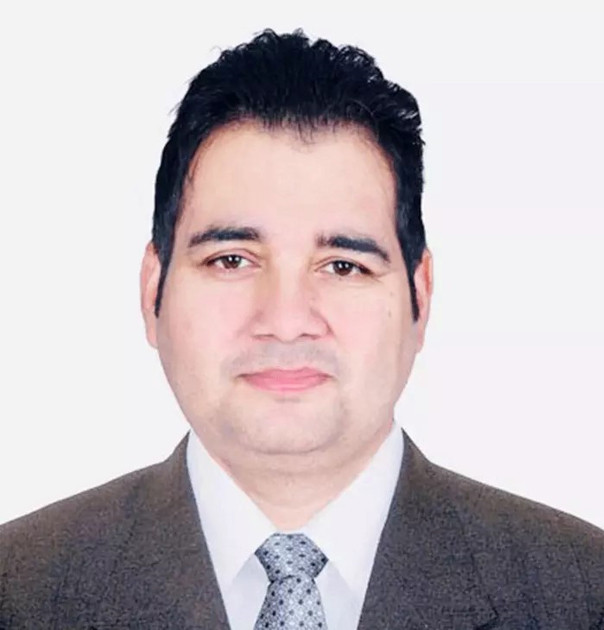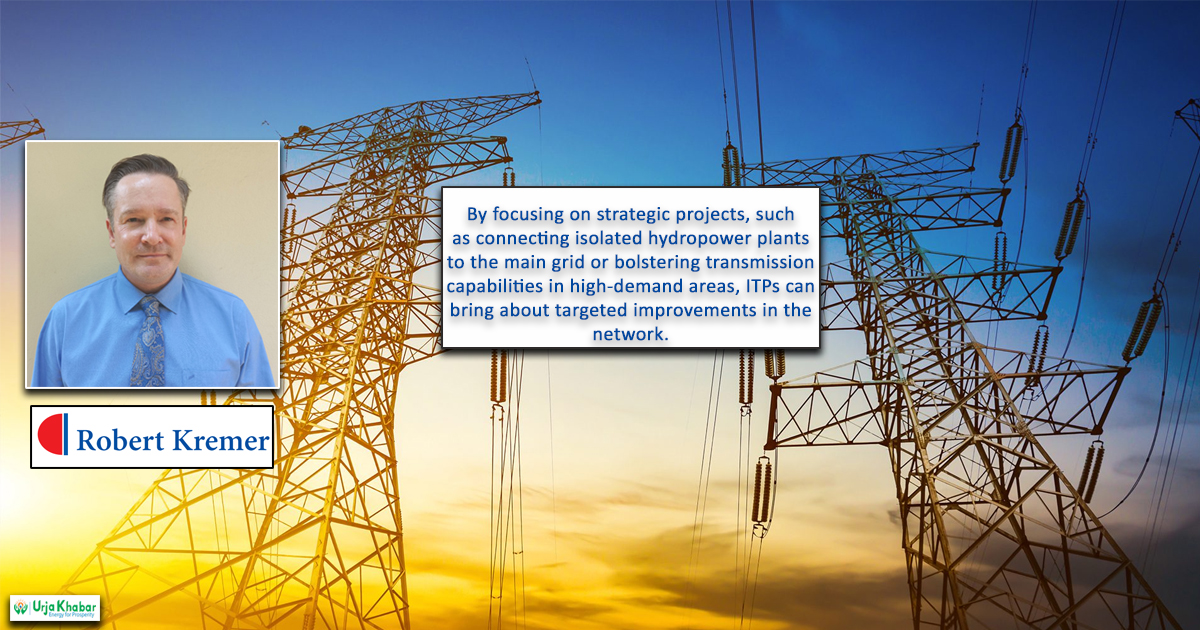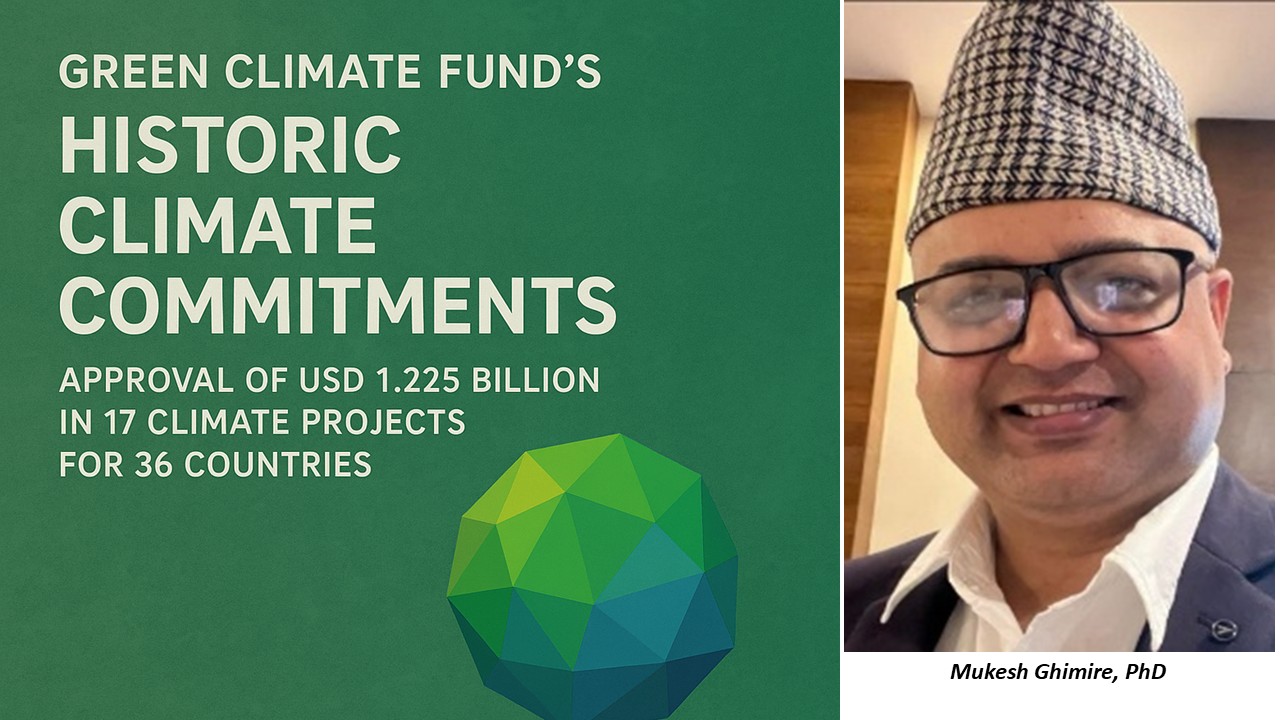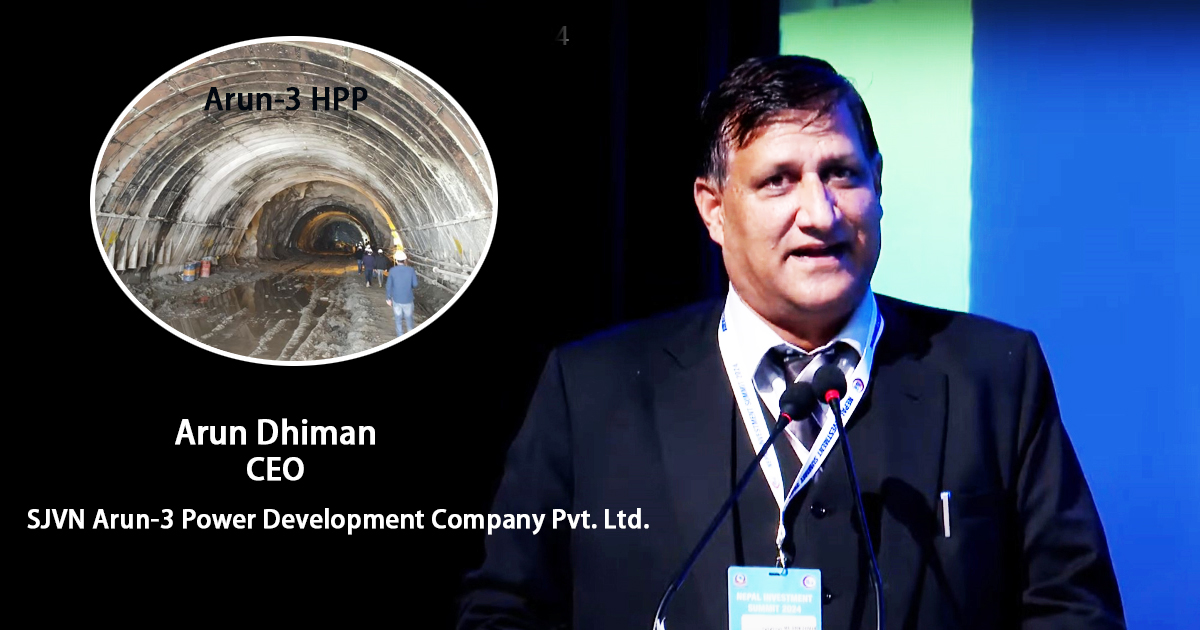Energy Update
Role of Private Sector in Transformation of the Energy sector in South Asia
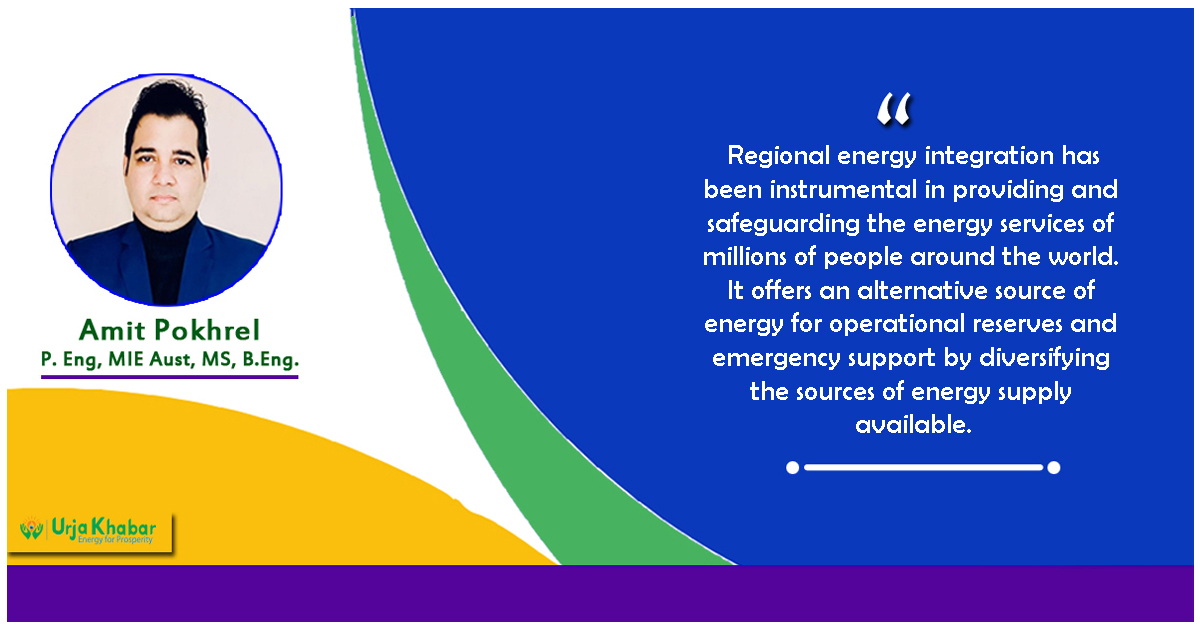
Nepal has a wealth of hydroelectric resources, with an estimated 83,000 MW of development potential and 43, 000 MW of commercially exploitable hydroelectricity generating potential. Although, according to data released by Water and Energy Commission Secretariat (WECS) in 2019, Nepal's hydropower potential stands at a substantial 72,000 MW both economically and technically viable. Furthermore, contrasting figures emerge from some Non-Government Organizations, suggesting a staggering potential exceeding 100,000 MW.
However, the slow progress of hydroelectricity development is attributed to several factors, including a lack of proper planning and investment into generation, transmission, and distribution capacity, a lack of confidence in the electricity authoritarian ability to fulfill take or pay contract obligations, and delays in the development of projects, partially due to legal and regulatory shortcomings.

The government acknowledges the need to expedite the exploitation of the country's abundant hydropower resources as a significant step towards alleviating poverty and promoting economic development. The development of hydropower will contribute to the following objectives: (i) providing clean energy to promote economic and social growth in both rural and urban areas, and (ii) enabling Nepal to export surplus energy to neighboring countries.
The legal and institutional requirements applicable to development projects must be taken into consideration before the execution of a program or plan. This is especially true during the operational stages of the project, as no project can disregard these rules, which define the boundaries for each project. Consequently, the proponent must be cognizant of these requirements and adhere to them as they are applicable and necessary.

Decision-makers and planners around the world are trying to figure out which energy sources are the most cost-effective and sustainable. In South Asia, energy is one of the fastest-growing economic sectors, and it's only going to get bigger over time. The SAARC initiative includes starting the SAARC Energy Ring that was originally planned, as well as strategies to reach higher energy efficiency goals, transfer technology more efficiently, and get more people to use renewable energy. It's high time the SAARC Energy Centre (SEC) stepped up its game and became a 'Center of Excellence' in South Asia.
The energy sector is at the forefront of technological innovation, global warming, the need for an all-electric strategy, the demand for renewable energy, the need to replace traditional energy sources with clean energy, and the need for technology transfer for energy efficiency. Energy efficiency is at the core of the growth, competitiveness, and development of modern economies. The availability of real and up-to-date data is a key requirement for energy-efficient generation facilities, allowing for further analysis of key performance indicators (KPIs), condition or status tracking applications, and direct feedback on efficiency measures. A standardized approach is needed to collect energy-related data wherever possible.
To remain abreast of the ever-evolving energy landscape of South Asia, it is essential to have data that is both accurate and timely. A regional database should be established to provide a summary of the most pertinent annual energy-related statistics for South Asian countries and their respective Member States. One of the objectives of the South Asian Association for Regional Energy Cooperation (SAARC) is to establish a database for the collection and consolidation of regional energy data. Currently, each SAARC country has its database, which is not necessarily comparable. Therefore, it is necessary to formulate regional energy policies based on accurate and uniform regional data.
By collaborating with a variety of ministries in the various countries of the SAARC region, the SEC can identify ambitious initiatives to generate reliable and up-to-date energy information and energy outlooks to enable policy analysis on various energy-related topics for SAARC member states. Additionally, moderate efforts should be made to incorporate data related to the environment and climate change, as energy plays an important role in these areas. This would help in determining the optimal approach for obtaining online data for each country.
Regional energy integration has been instrumental in providing and safeguarding the energy services of millions of people around the world. It offers an alternative source of energy for operational reserves and emergency support by diversifying the sources of energy supply available. By increasing energy cooperation between countries, economies of scale can be achieved, electricity sector financing capacity can be strengthened, competition can be improved, and the sector can become more efficient.
Energy Centre has a key role to play in promoting regional energy interconnectivity through regional and inter-ministerial discussions, regional knowledge-sharing workshops and seminars, and implementation of best practices appropriate to the region. The center can analyze current barriers to developing energy resources in the region, determine the quantifiable and qualitative benefits that the implementation of the energy ring could bring to each country, and propose ways to make it easier to implement.
To further promote regional interconnectivity of energy infrastructure through regional and intergovernmental dialogues, sharing of regional knowledge, and pooling of best practices, the implementation of renewable energy technologies across the SAARC countries was intended to promote reductions in oil consumption as well as policies to reduce the environmental impact of fossil fuels, including the potential impacts of climate change.
In recent years, there has been a surge in the liberalization and privatization of infrastructure activities across developing countries (including SAARC member countries) as the private sector has emerged as an important investor and long-term operator in the infrastructure sector. With the availability of long-term foreign capital, and the opening up of infrastructure sectors for private investment, the pace of private infrastructure activity in developing countries has accelerated rapidly. This is due to the need to scale up capacity and improve reliability in the context of constrained public budgets.
For these infrastructure lenders, the focus will be on project quality rather than long-term project risks, such as macroeconomic, policy, and regulatory risks. The project financiers of these projects will look for local or regional capital to be a bigger part of project financing. The combination of private participation and competition driven by new technological development will essentially lower the tariff and increase the efficiency of infrastructure utilization. The majority of private activities will be carried out in competitive environments, as more and more governments recognize the cost-effectiveness of competitive electricity markets compared to monopolies.
The role of the private sector in meeting and leveraging the additional investment requirements of the energy sector is essential. Governments must create an environment that is conducive to private sector investment to facilitate the implementation of the plan. The majority of renewable energy projects are developed by the private sector. Political instability and currency fluctuations are two of the primary risks associated with this type of investment, particularly in developing nations. Governments should strive to ensure that the renewable energy sector has a sustainable electricity price in the long term. Many of these investments require substantial upfront investments, which adds to the overall investment risk. Financing costs in developing countries are particularly high due to the lack of certainty regarding grid integration and project delays.
Financial institutions around the world can help reduce the risk of private sector money going into energy sector development. Energy infrastructure is important for economies, and it's really important for South Asian countries. We should also make sure that wholesale markets can be used to set the spot price for electricity on a near-term basis, but companies can also enter into long-term contracts. Most of the risk will be shared, and the involvement of companies like energy traders, investment banks, or other parties will be reinforced. The SEC should look into different ways in which private companies can be involved in contracting out the building of new projects. Involving private companies means that the publicly owned company can benefit from more efficient power plant construction or from new technologies they might not have known about before.
The Author of this article works as a Senior Contract and Project Expert in the Energy Business of Golyan Group.
Reference
1. South Asian Association for Regional Cooperation - Wikipedia
2. SAARC Secretariat (saarc-sec.org)
3. South Asian Association for Regional Cooperation | Migrant Forum in Asia (mfasia.org)
4. SAARC Energy Centre (SEC), Islamabad | Learn, share, improve and grow together
5. Bangladesh will get to pick new Saarc secretary general (kathmandupost.com)
Conversation
- Info. Dept. Reg. No. : 254/073/74
- Telephone : +977-1-5321303
- Email : [email protected]




